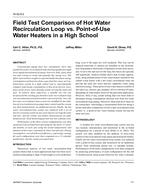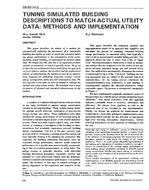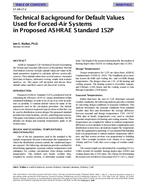Buildings consume a large percentage of energy used inthe United States, with a significant portion expended on heating,ventilation, and air-conditioning systems. These systemsregulate internal environments to provide consistent comfortfor optimum productivity. There exists a large opportunity forreduction of energy use and costs associated with HVACsystems without sacrificing comfort. As most HVAC systemsare interconnected and highly nonlinear, control of thesesystems becomes difficult. Traditional proportional-integral-derivative(PID) control has documented issues with largesustained oscillations of the actuator known as hunting behavior.A significant body of work has already been generated toexplore alternate control algorithms to reduce this problem.This paper uses four case studies to demonstrate the ability ofsimple cascaded control architectures to compensate for staticand dynamic nonlinearities that make up the dominant nonlinearbehavior of most HVAC systems. The cascaded loop ishighly modular, as it does not require explicit models of systemcharacteristics. The architecture is also easily implementable,as it uses standardPIDcontrol loops and often does not requireadditional sensors. Elimination of hunting behavior not onlyextends actuator lifespan, but also reduces labor costs associatedwith identification and retuning of control loops.
Citation: 2015 Annual Conference, Atlanta, GA, Transactions 2015, Vol 121 pt. 2
Product Details
- Published:
- 2015
- Number of Pages:
- 15
- Units of Measure:
- Dual
- File Size:
- 1 file , 3.2 MB
- Product Code(s):
- D-AT-15-017


